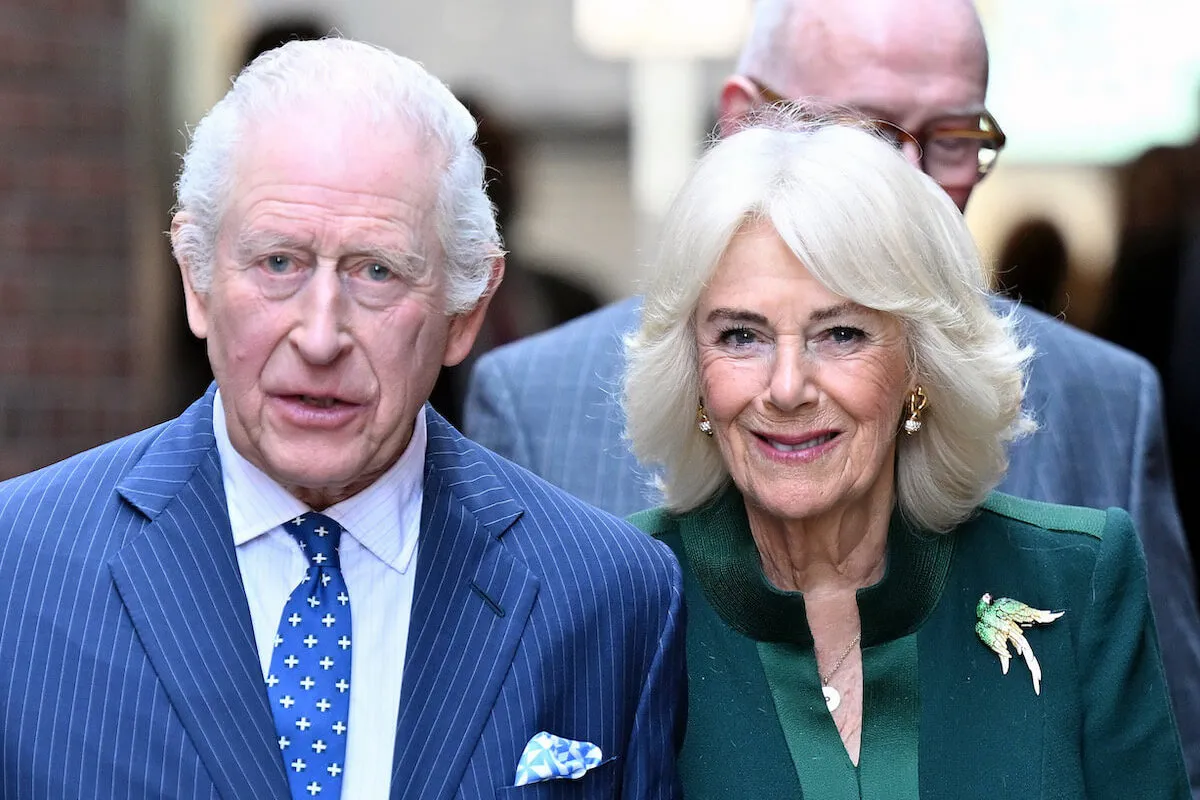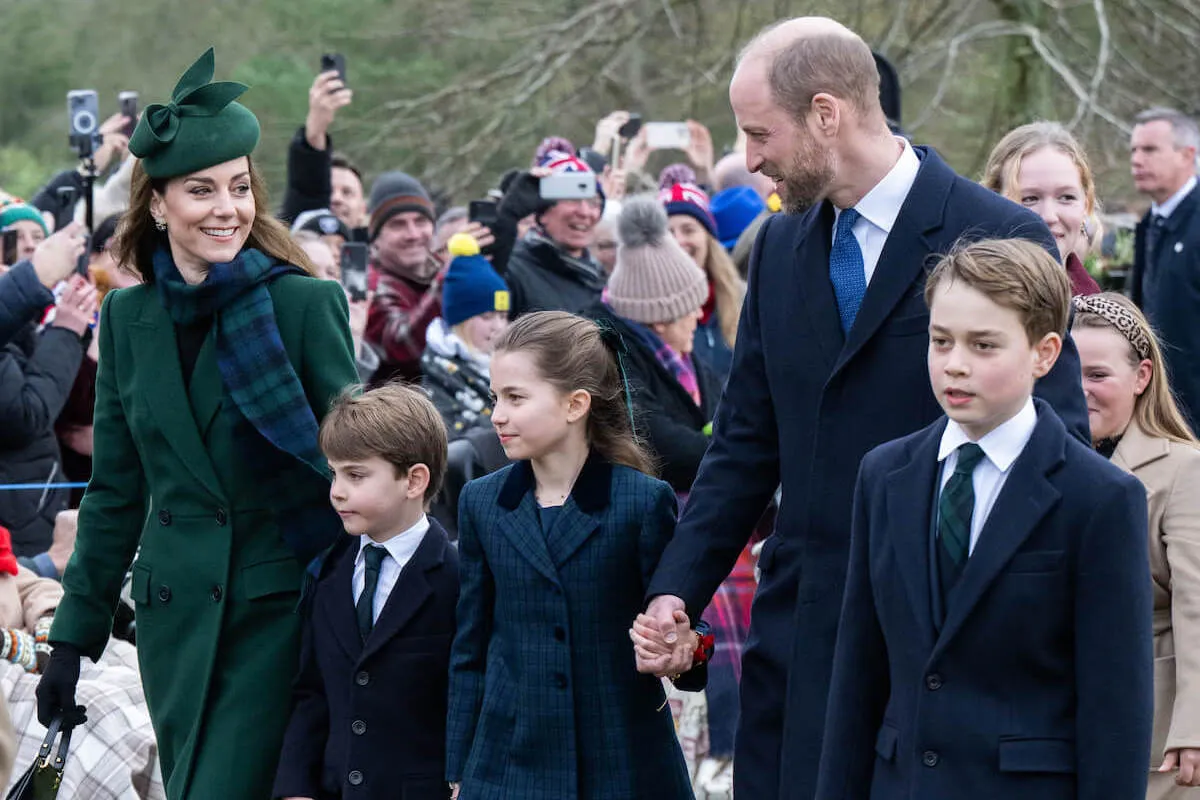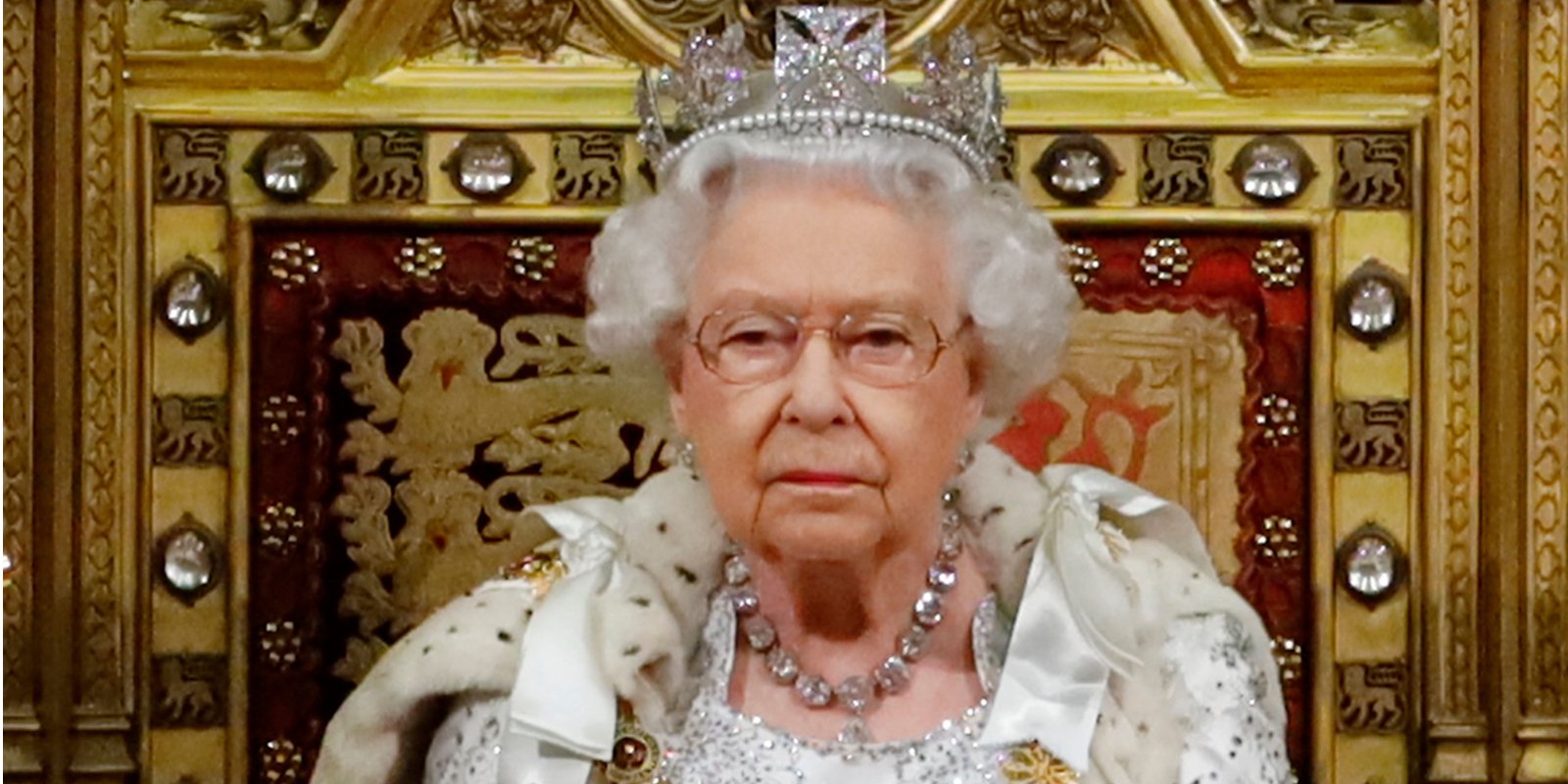
The Loneliness of the Crown Captured in Portrait of Queen Elizabeth For Succession Anniversary
Queen Elizabeth II succeeded her father, King George VI, at age 25, becoming sovereign of the United Kingdom in 1952. Although her lavish coronation wouldn’t occur until 14 months later, in June 1953, February 6 was the day that set forth the longest reign of any monarch in British history. Elizabeth reigned sovereign for 70 years. However, in a 2012 portrait attached to a tweet from Westminster Abbey, to celebrate the milestone, the loneliness of the crown is apparent as Elizabeth stands in the vast church.
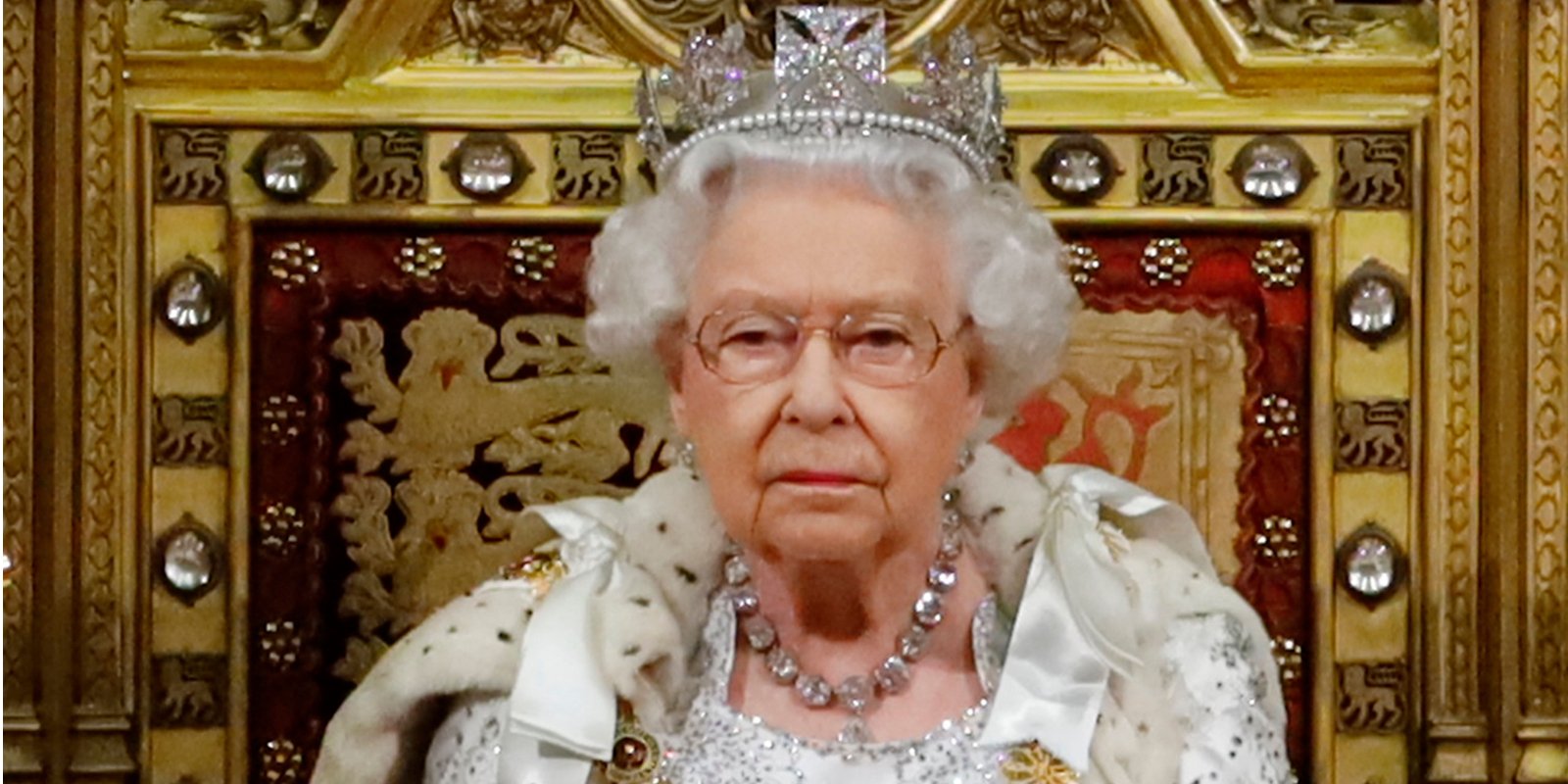
Queen Elizabeth’s father, George VI, entrusted Elizabeth with royal duties early on
George VI’s coronation was held on May 12, 1937. Elizabeth was just 11 years old at the time. But George immediately recognized what his new role meant for his young daughter; she would one day succeed him as queen.
As George settled into his new role as king, he began assigning royal responsibilities to his eldest daughter. When she was 14, Elizabeth gave a radio broadcast to British children evacuated from their homes due to World War II.
After she turned 18, Elizabeth was named a “counselor of state, ” allowing her to represent the U.K. when her father was abroad and unable to do so. While on a commonwealth tour of Kenya at the age of 25, Elizabeth learned of her father’s passing and became sovereign effectively.
Elizabeth believed in her role as queen, said Kenneth MacKenzie, domestic chaplain to the Queen when she was at Balmoral to the BBC. “I knew she felt a calling in some way from her people, but more than that, she saw her calling as from almighty God,” he says.
However, the job also came with a host of personal sacrifices, which appeared to be captured in a royal portrait of Elizabeth at Westminister Abbey in honor of her diamond jubilee.
The loneliness of the crown is captured in a portrait shared by Westminster Abbey on her succession anniversary
Queen Elizabeth II succeeded to the throne #onthisday in 1952, upon the death of her father, King George VI.
— Westminster Abbey (@wabbey) February 6, 2023
She was crowned in the Abbey the following year, and went on to become the longest-reigning monarch in British history. pic.twitter.com/JbwScU4N8h
Westminister Abbey shared a 2012 portrait of Queen Elizabeth to honor the 71st anniversary of her ascension to the throne. The queen stands in the foreground of the quire, where the choir stands during services.
Ralph Heimans painted the portrait in 2012 to mark Elizabeth’s Diamond Jubilee. It is titled The Coronation Theatre: Portrait of H.M. Queen Elizabeth II. The queen is seen in Westminster Abbey. She stands at the center of the Cosmati pavement where she had been crowned 60 years previously.
In the portrait, Queen Elizabeth wears a state dress beneath the crimson Robe of State. She upheld a tradition of wearing her coronation dress each year to the opening of the Houses of Parliament. Elizabeth also wore the same diamond necklace and earrings she sported at her 1953 coronation, reported Artlyst.
Artist Ralph Heimans captured the loneliness of the crown. The artist made the following statement regarding the moving painting.
“Through the narrative of the portrait, I wanted to produce a work of particular significance for the Diamond Jubilee. By representing the queen as she reflects on this incredible milestone in her life, I wanted to explore the dynamic between her public role and the personal, emotional dimension.”
The time lapse between Queen Elizabeth’s ascension and coronation was one year
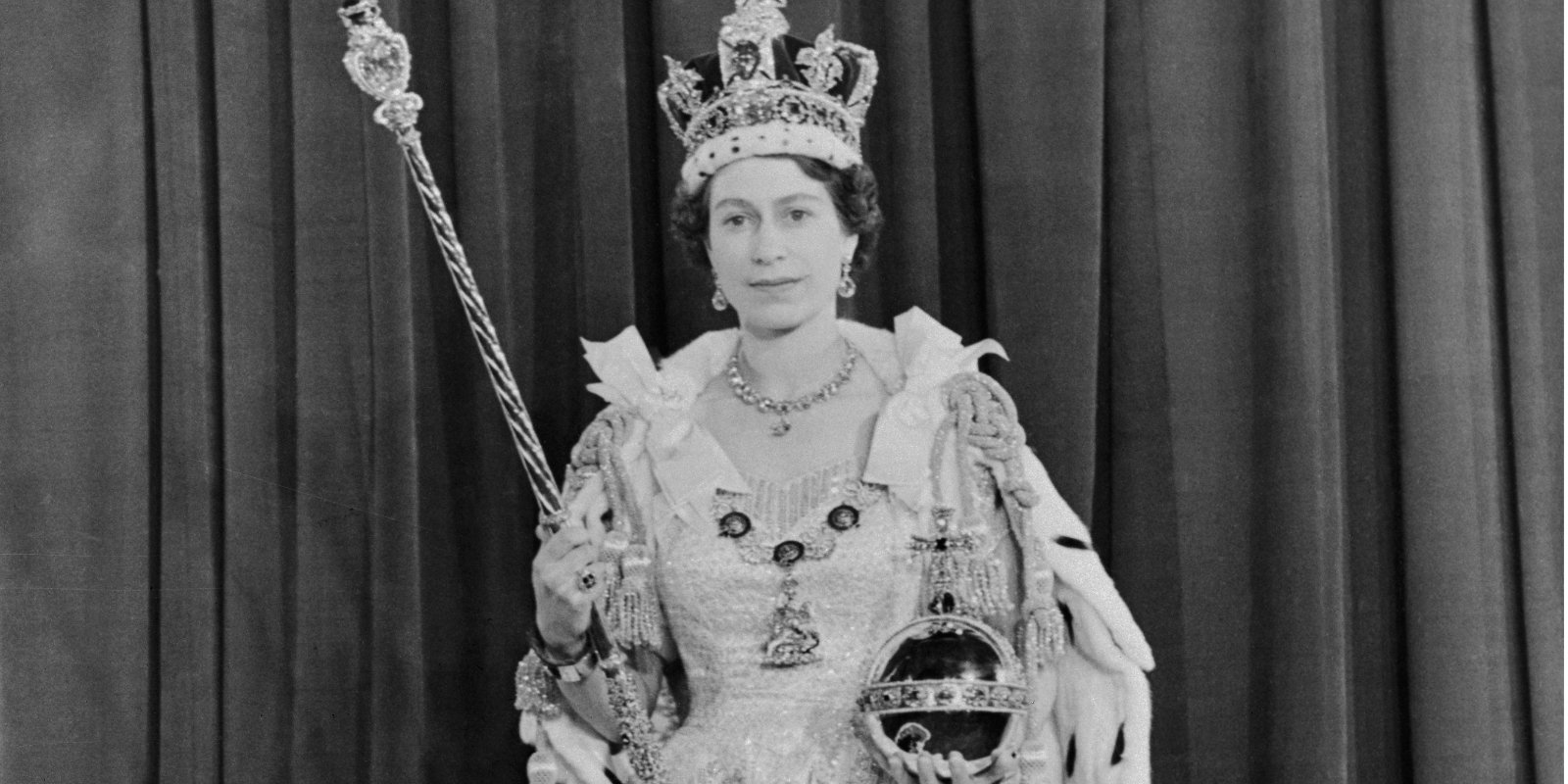
Queen Elizabeth’s coronation was delayed over one year due to the unexpected nature of the King’s death. The royal family has a detailed process of declaring the death of the old sovereign and confirming the new ruler.
The Accession Council is comprised of a cross-section of influential politicians and other high-ranking officials. These include the prime minister, the Archbishop of Canterbury, and the royal family. The group convenes at St. James’s Palace in London within a day of the monarch’s passing.
The formal ceremony takes several months to one year after a period of mourning. Also, due to the enormous amount of preparation required to organize the ceremony, states the royal family’s official website.


